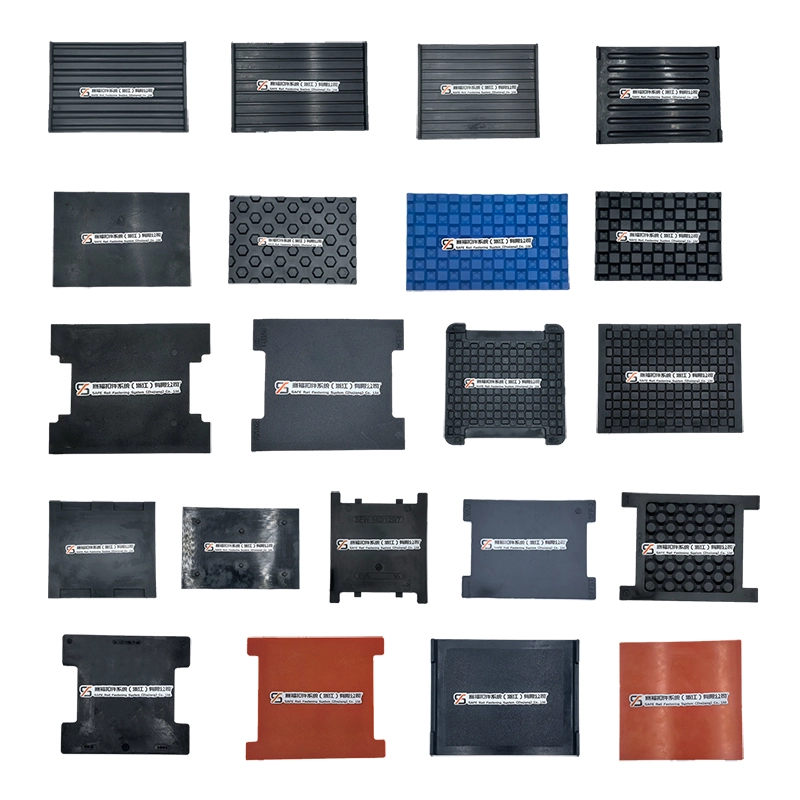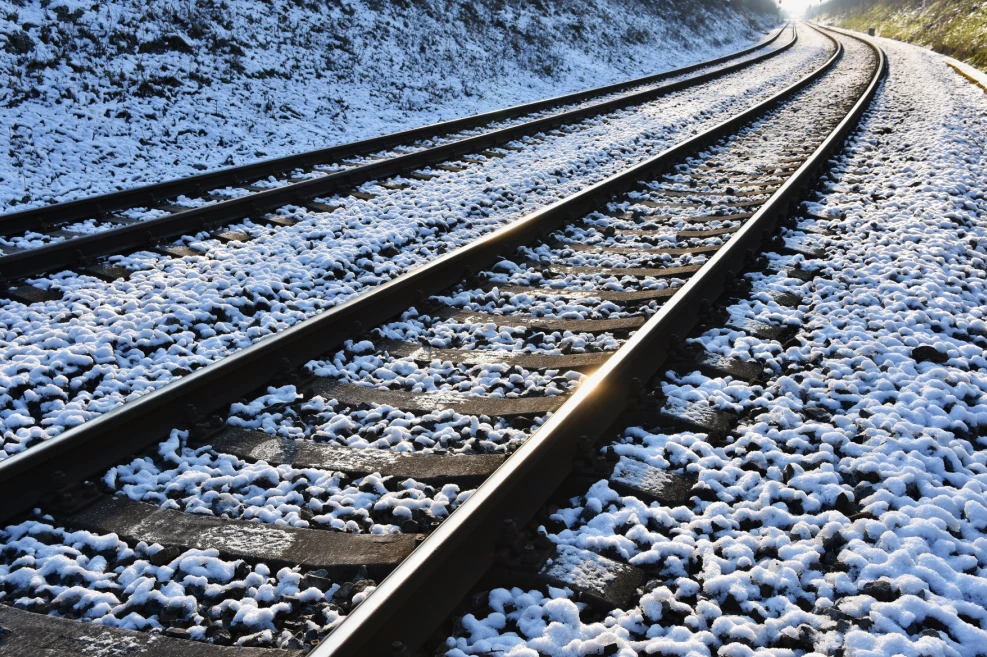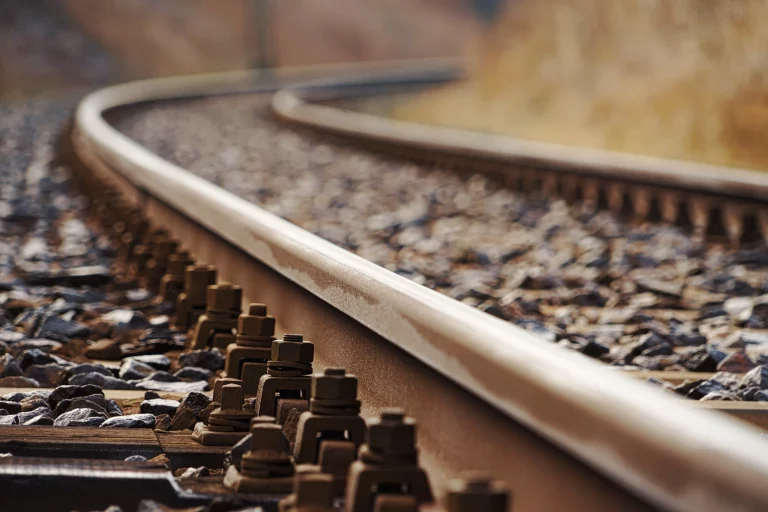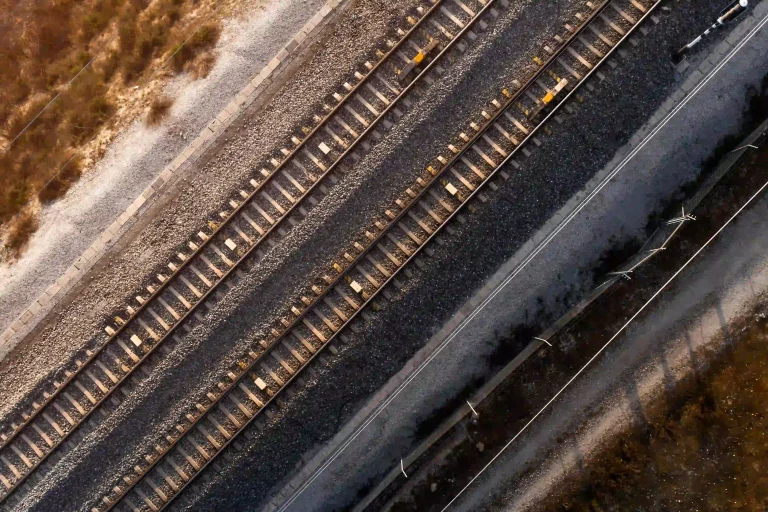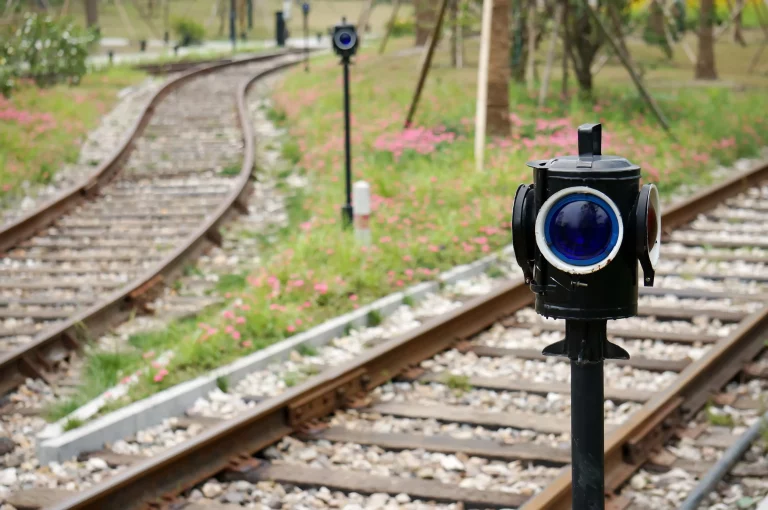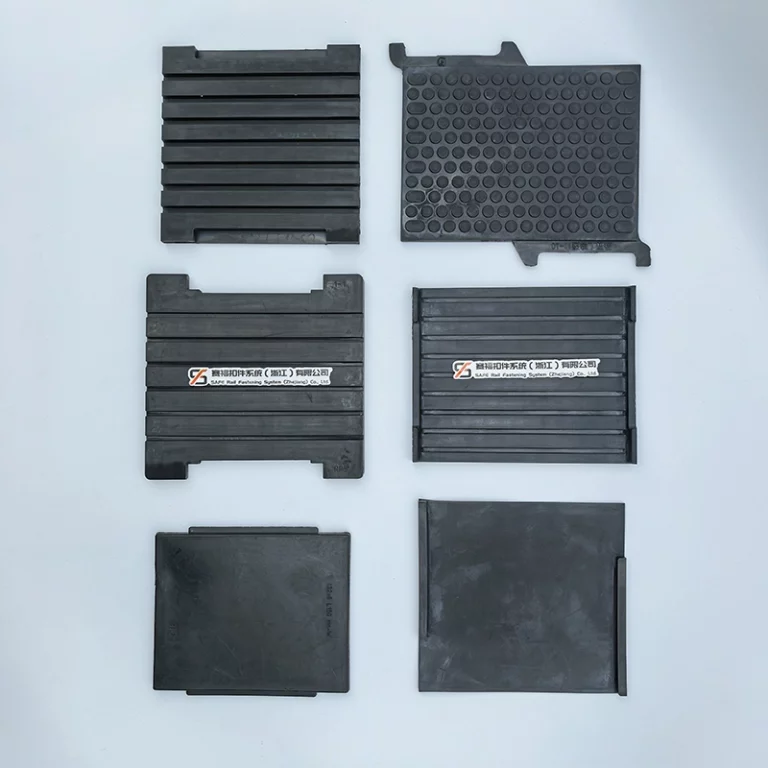Railways carry tons of goods and people every day. They face heavy wear from trains, shakes, and weather changes. This can harm tracks, raise repair costs, and cause safety issues. A key fix is using thick rubber pads for railway tracks. These pads boost rail track longevity, cut costs, and make tracks safer.
In this post, we’ll explain why thick rubber pads are vital for railways. We’ll focus on how they soak up shakes, lower noise, and keep tracks strong.
Why Thick Rubber Pads Matter for Railways
Rail tracks take a lot of strain from fast trains, heavy loads, and weather shifts. Thick rubber pads sit between the rail and the sleeper. They act like a cushion to ease this strain. They soak up shakes and spread weight evenly. This keeps tracks stable and safe for a long time.
How Thick Rubber Pads Boost Rail Track Longevity
Thick rubber pads for railway tracks help them last longer by reducing damage. Here’s how they work:
- Spreading Weight: These pads share the train’s weight across the track. This lowers stress on rails and sleepers. It stops cracks and bending in concrete ties.
- Soaking Up Shakes: Trains make strong shakes that can wear out tracks. Vibration absorption padscalm these shakes. This saves tracks and train parts from early damage.
- Cutting Noise: By reducing shakes, thick rubber padsmake trains quieter. This is great for people living near tracks.
- Lasting Strong: Made from tough stuff like rubber or special plastics, these pads handle bad weather, sun rays, and hard use. They stay strong for years.
| Benefit | How It Helps Tracks |
| Spreads Weight | Stops cracks by lowering stress on rails. |
| Soaks Up Shakes | Saves tracks and trains from wear. |
| Cuts Noise | Makes railways quieter for nearby homes. |
| Stays Tough | Works well in rain, sun for a long time. |
Why Pad Thickness Is a Big Deal
Thicker pads give more cushioning than thin ones. Thick rubber pads handle bigger shocks and shakes. This is important for fast trains and heavy load railway solutions. Smart designs, like grooves or bumps, keep pads tight to the rail. They stop sliding even under heavy trains.
How Vibration Absorption Pads Work
Shakes are a big problem for railways. They can weaken tracks, cause cracks or shifts, and even risk derailments. Vibration absorption pads, like those in SAFE’s rail pads, are built to stop these shakes.
What Thick Rubber Pads Are Made Of
The power of thick rubber pads for railway tracks comes from their materials. They’re usually made from:
- Regular Rubber: This is very stretchy. It’s great at soaking up shocks.
- Special Plastics (EPDM): These stand up to sun, rain, and dirt. They last a long time.
- Polyurethane: This makes pads that are both stretchy and strong. It’s good for custom jobs.
These materials make high-density rubber pads tough enough for fast or heavy railways. They stay stretchy in hot or cold weather. This keeps them working well.
Making Railways Quieter
Noise from trains bothers people, especially in cities. Thick rubber pads help by quieting shakes. They can cut noise by up to 10% in dBA. This makes trains nicer for passengers and neighbors. It’s a big win for city railways.
Thick Rubber Pads in Rail Fastening Systems
The rail fastening system holds tracks together. Thick rubber pads are a key part of it. They work with clips, plates, and screws to keep rails steady. SAFE’s rubber pads meet tough rules. They fit many track systems.zzz
Pads for Different Railways
Railways have different needs. Some carry fast trains, others heavy loads. Thick rubber pads can be made to fit these needs:
- Fast Railways: Need stretchy pads for big shakes.
- Heavy Load Railway Solutions: Need super strong pads for big weights.
- City Trains: Need quiet pads to cut noise.
SAFE makes pads in custom sizes and shapes. This helps every railway run better.
Green and Money-Saving Benefits
Thick rubber pads don’t just help tracks. They’re good for the planet and save money too.
Helping the Environment
Many pads use recycled rubber. This cuts down on waste. Plus, longer-lasting tracks mean fewer repairs. That’s better for the earth.
Saving Cash Over Time
High-density rubber pads might cost more at first. But they save money later. They reduce track damage, so you fix less. They also last longer, so you replace them less often.
About SAFE: Your Rubber Pad Expert
SAFE is a top name in railways. They’re known for making great thick rubber pads and other track parts. SAFE has over ten years of experience. They use top materials and new tech to make strong products. Their factories have machines for rubber and polyurethane. Every pad is tested to meet world standards. SAFE’s Shanghai Research Center works with experts to create new ideas. Visit sffst.com to see how SAFE helps railways.
Frequently Asked Questions (FAQs)
1. What are thick rubber pads for railway systems?
Thick rubber pads for railway systems are elastic components placed between the rail and sleeper to absorb vibrations, distribute loads, and reduce noise. They are typically made from rubber, polyurethane, or other elastomers and are designed to enhance track stability and longevity.
2. How do thick rubber pads contribute to rail track longevity?
These pads extend rail track longevity by evenly distributing train loads, reducing stress on track components, and minimizing wear from vibrations. Their durability ensures consistent performance, reducing the need for frequent maintenance.
3. Can thick rubber pads reduce noise in railway operations?
Yes, vibration absorption pads significantly reduce noise by dampening the oscillations caused by passing trains. This is particularly beneficial for urban railways, where noise pollution is a concern.
4. Are thick rubber pads suitable for all types of railways?
Absolutely. Thick rubber pads can be customized for various railway types, including high-speed, heavy-haul, and metro systems, to meet specific load, speed, and environmental requirements.
5. How do vibration absorption pads improve safety?
By reducing vibrations and maintaining track stability, vibration absorption pads minimize the risk of derailment and track misalignment, ensuring safer railway operations.
Upgrade Your Railway with Thick Rubber Pads
Choosing thick rubber pads for railway tracks is a smart move. They improve rail track longevity, save money on fixes, and make tracks safer. Whether you run fast trains, heavy load railway solutions, or city lines, these pads help. Check out SAFE’s top rail pad products. Email SAFE at info@sffst.com to see how they can make your railway better.



